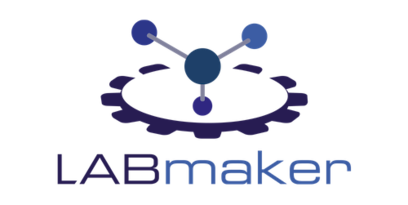Mini2P Headbars
Founding developers Edvard Moser, May-Britt Moser, and Weijian Zong
$185.00 USD
Designed for Precise Positioning Across Brain Regions
Secure & Stable
The Mini2P is a 2-photon miniscope for large-scale calcium imaging in freely moving mice. It enables stable simultaneous recordings of over a thousand cells across multiple planes of densely active cortical regions during a wide range of behavioral tasks without affecting the animal's behavior.
EXPERIMENTAL CAPABILITIES
The experimental setup involves attaching a titanium 'Mini2P Headbar' to the skull and cannula. The combination of cannula, headbar, and skull forms a stable and rigid frame for positioning any implanted optics.
There are currently 3 variants of headbars being offered:
1. M2P Headbar-0d
• Use for posterior cortex
• Use for CA1 Imaging (medial part)
• Use for neocortex Imaging (posterior-medial part)
2. M2P Headbar-20d
• Use for lateral cortex
• Use for MEC Imaging
• Use for CA1 imaging (lateral part)
• Use for neocortex imaging (posterior-lateral part)
3. M2P Headbar-0L
• Use for frontal cortex
• Use for neocortex imaging (anterior part)
KEY FEATURES
- Made of titanium
CONTENTS
- Mini2P headbars
PUBLICATION
W Zong, HA Obenhaus, ER Skytøen, H Eneqvist, NL de Jong, R Vale, MR Jorge, MB Moser, EI Moser (2022). Large-scale two-photon calcium imaging in freely moving mice. Cell.





